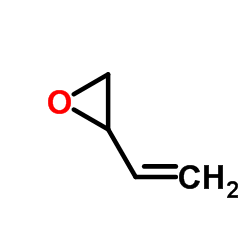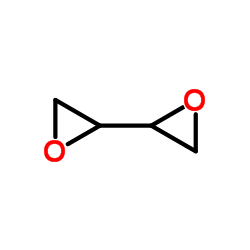Mutation Research/Fundamental and Molecular Mechanisms of Mutagenesis
2012-09-18
DNA damage induced by three major metabolites of 1,3-butadiene in human hepatocyte L02 cells.
Pan-Pan Zhang, Ying Wen, Jing An, Ying-Xin Yu, Ming-Hong Wu, Xin-Yu Zhang
文献索引:Mutat. Res. 747(2) , 240-5, (2012)
全文:HTML全文
摘要
1,3-Butadiene (BD) is a carcinogenic air pollutant. Its bioactivation produces four major metabolites, i.e., 3,4-epoxy-1-butene (EB), 3,4-epoxy-1,2-butanediol (EBD), 1,2,3,4-diepoxybutane (DEB), and 3-butene-1,2-diol (BDD). Studies have been mostly focused on DEB due to its strong mutagenicity/carcinogenicity. In contrast, studies of genotoxicity of EB, EBD, and BDD have been limited. In particular, genotoxicity of EBD and BDD using strand breaks as the endpoint has not been investigated. To obtain a more complete understanding of BD toxicity, in the present study, we used comet assay to investigate DNA damage induced by EB, EBD, and BDD in human hepatocyte L02 cells, with the aim to determine their relative potencies, the types of DNA damage, and the possible pathway to form strand breaks. Using alkaline comet assay (pH>13), it was observed that EB and EBD caused similar concentration-dependent increases in DNA migration from 50 to 1000μM. However, BDD induced a statistically significant increase only at 1000μM, and the increase itself was very small. EBD was as potent as EB at lower concentrations (≤200μM), and was slightly less potent than EB at higher concentrations. The results indicated that these metabolites could generate strand breaks in cells with the rank order of the potencies being EB>≈EBD≫BDD. All three compounds failed to cause statistically significant increases in DNA migration in pre-lysed cells, suggesting that they did not produce strand breaks through chemical pathways under our experimental conditions. By using comet assays at pH 11.9 and pH 9, it was demonstrated that EB and EBD generated both single-strand breaks (SSB) and alkali-labile sites, but BDD produced only SSB. To our knowledge, this is the first report to investigate EBD- and BDD-induced strand breaks in cells. The results implied that EBD could play an important role in toxicity of BD.Copyright © 2012 Elsevier B.V. All rights reserved.


